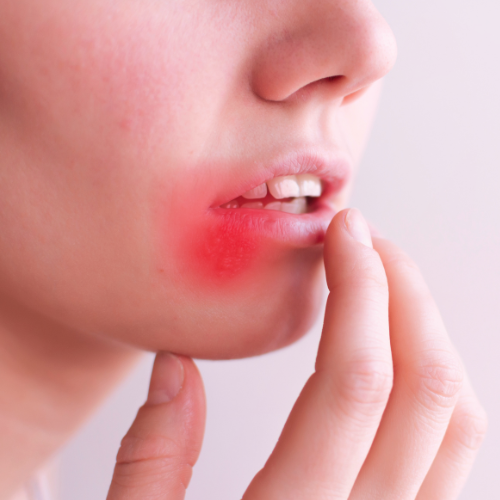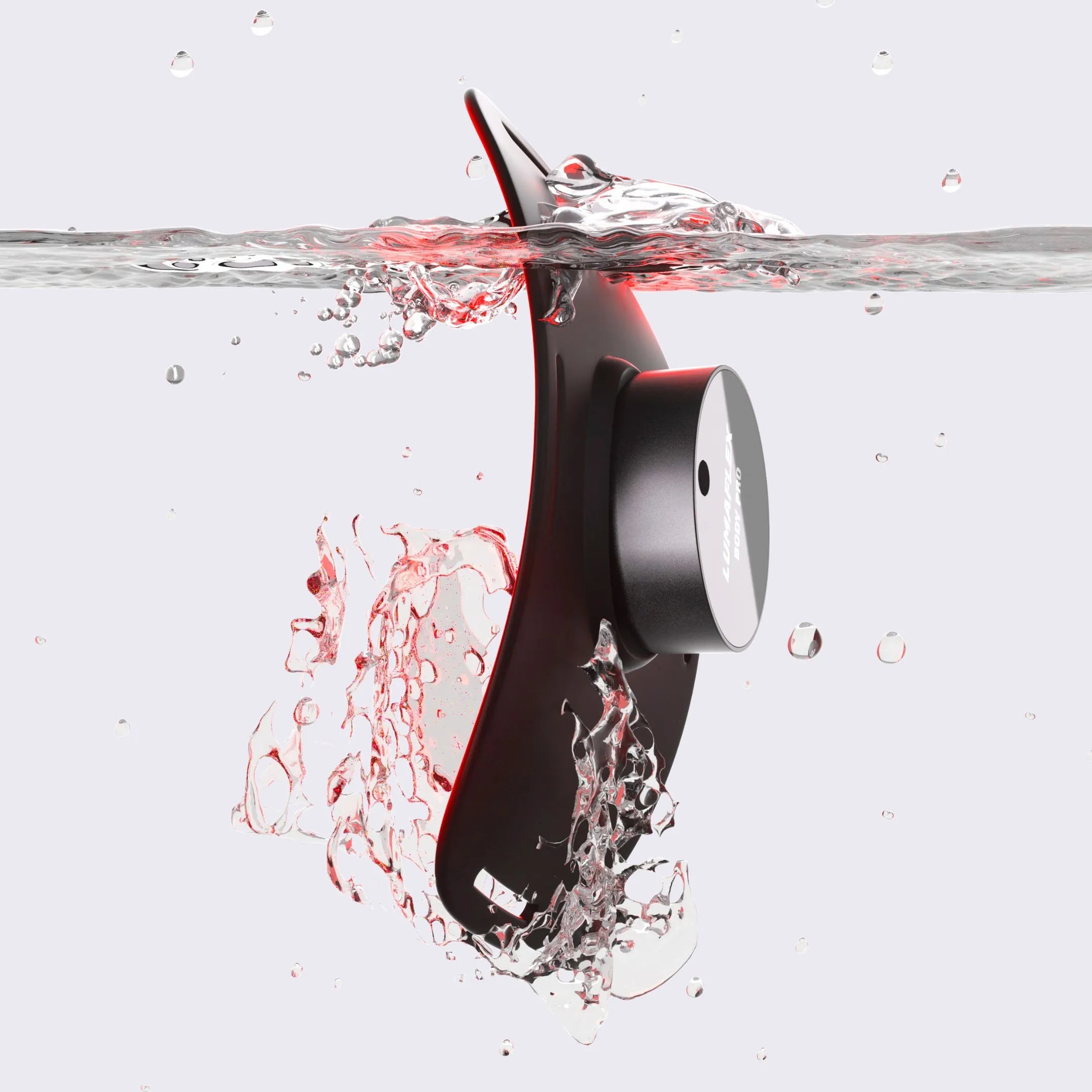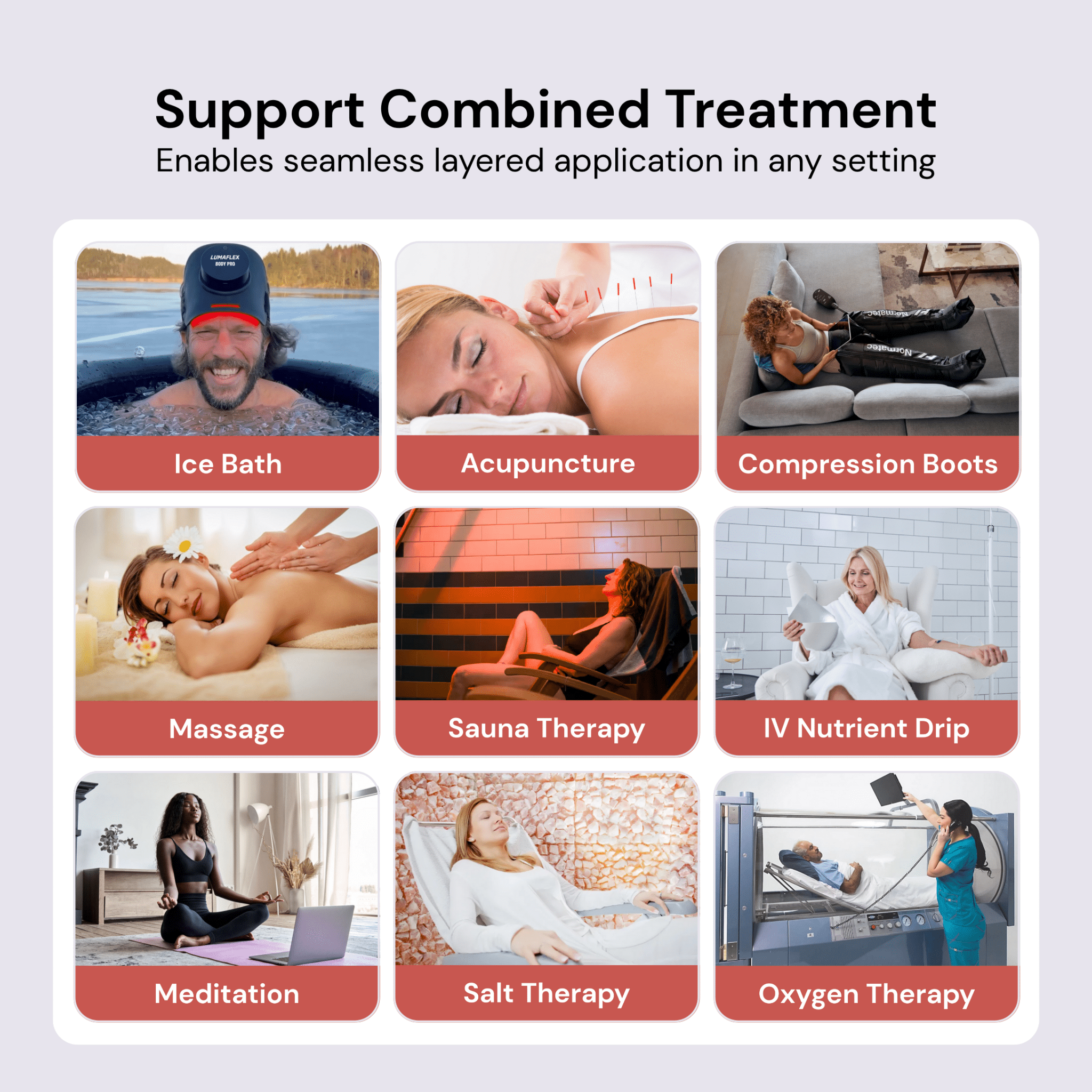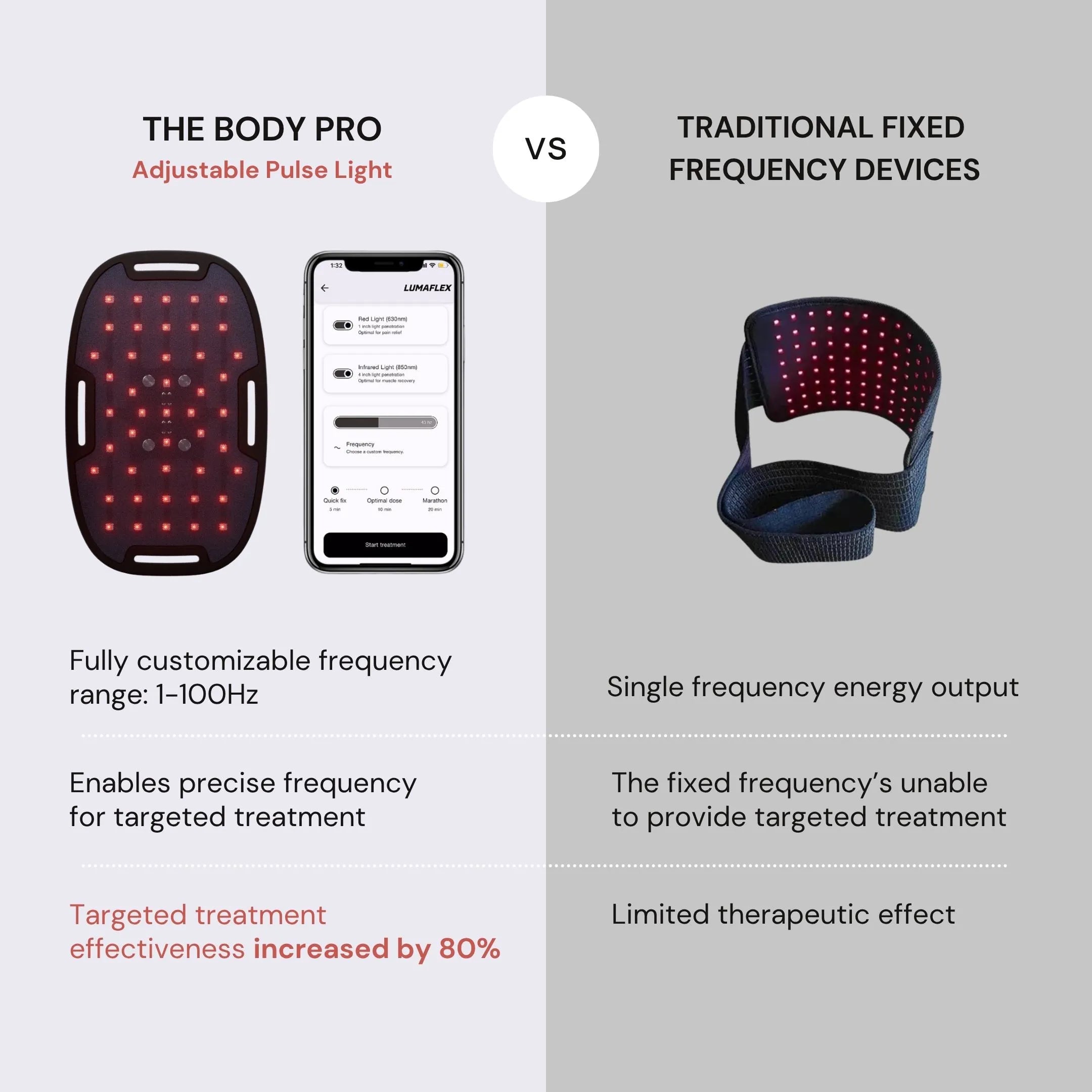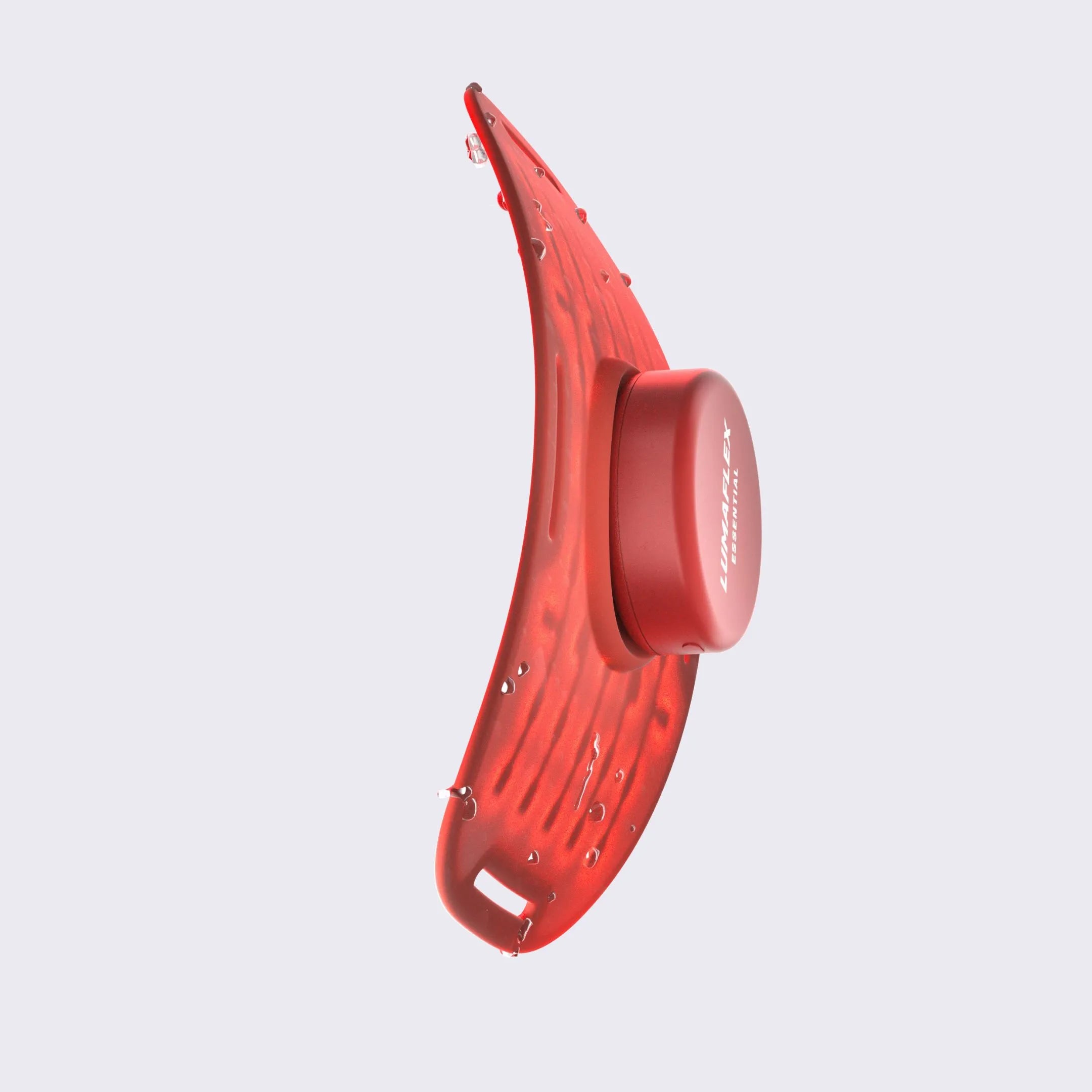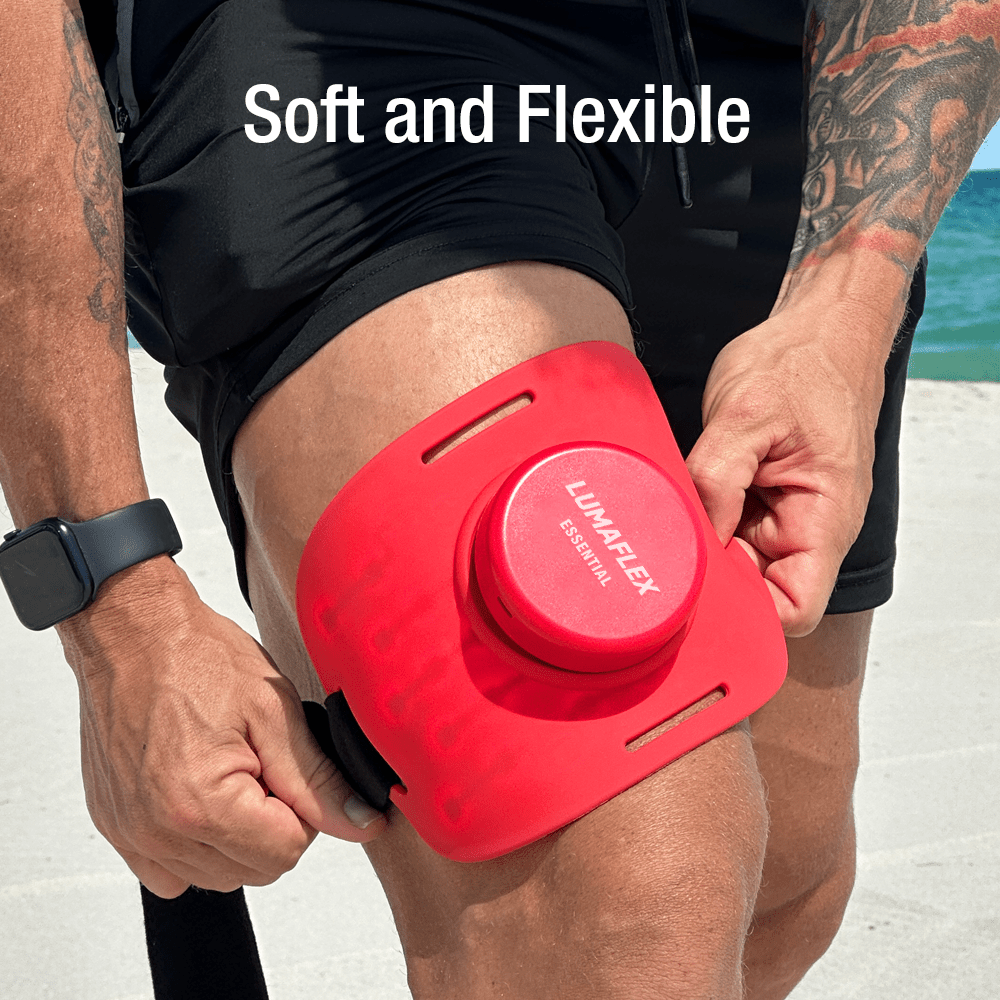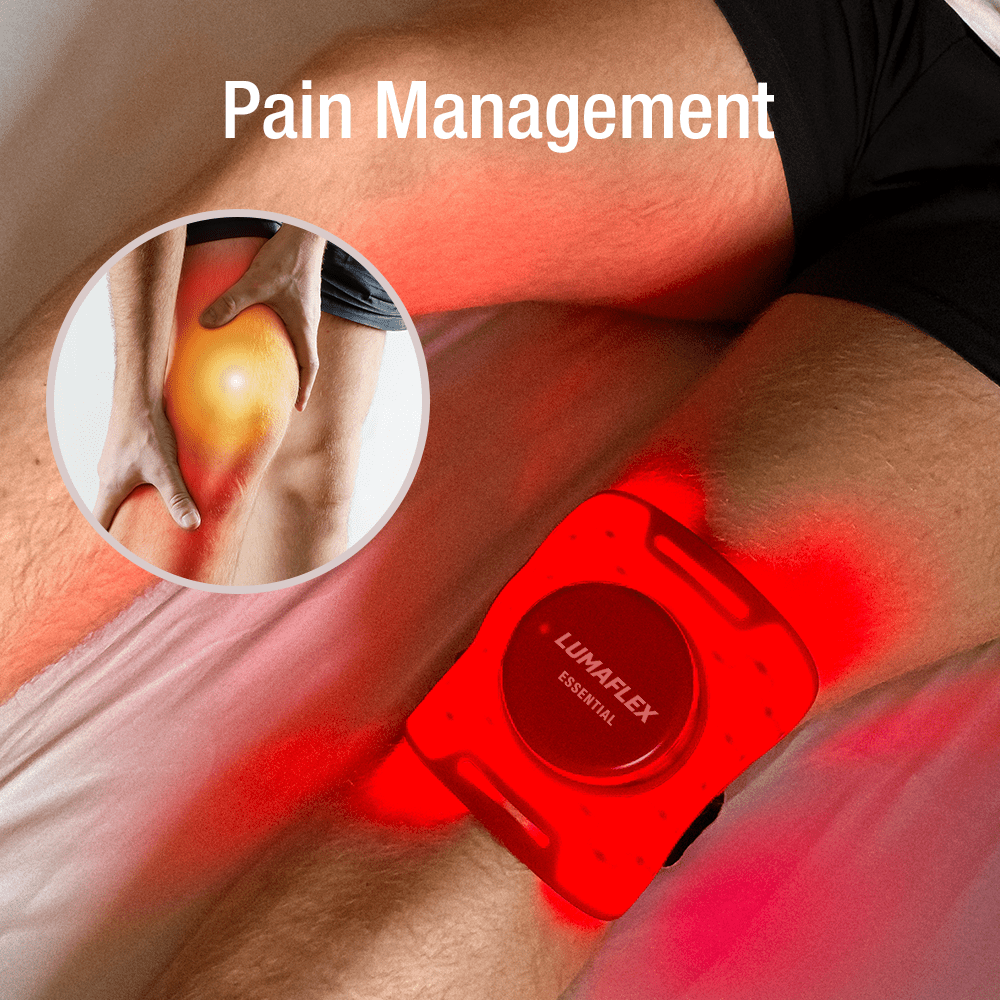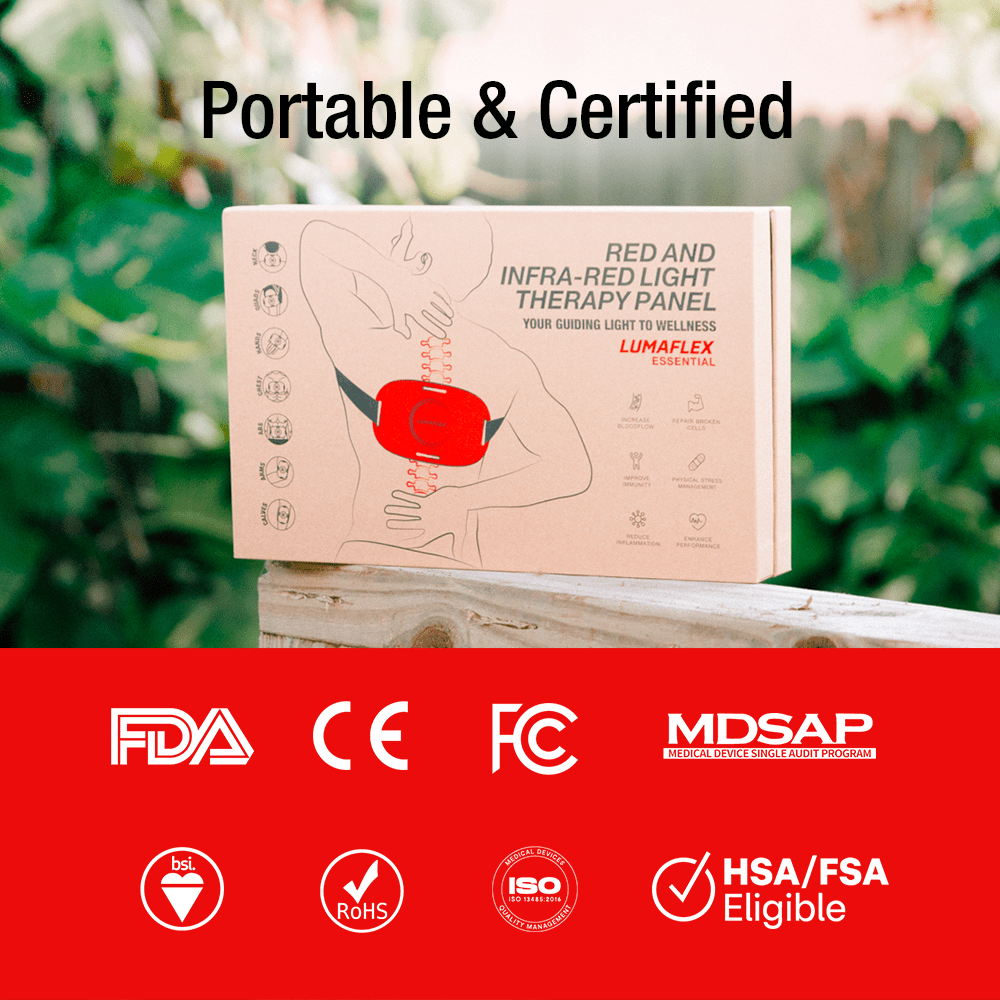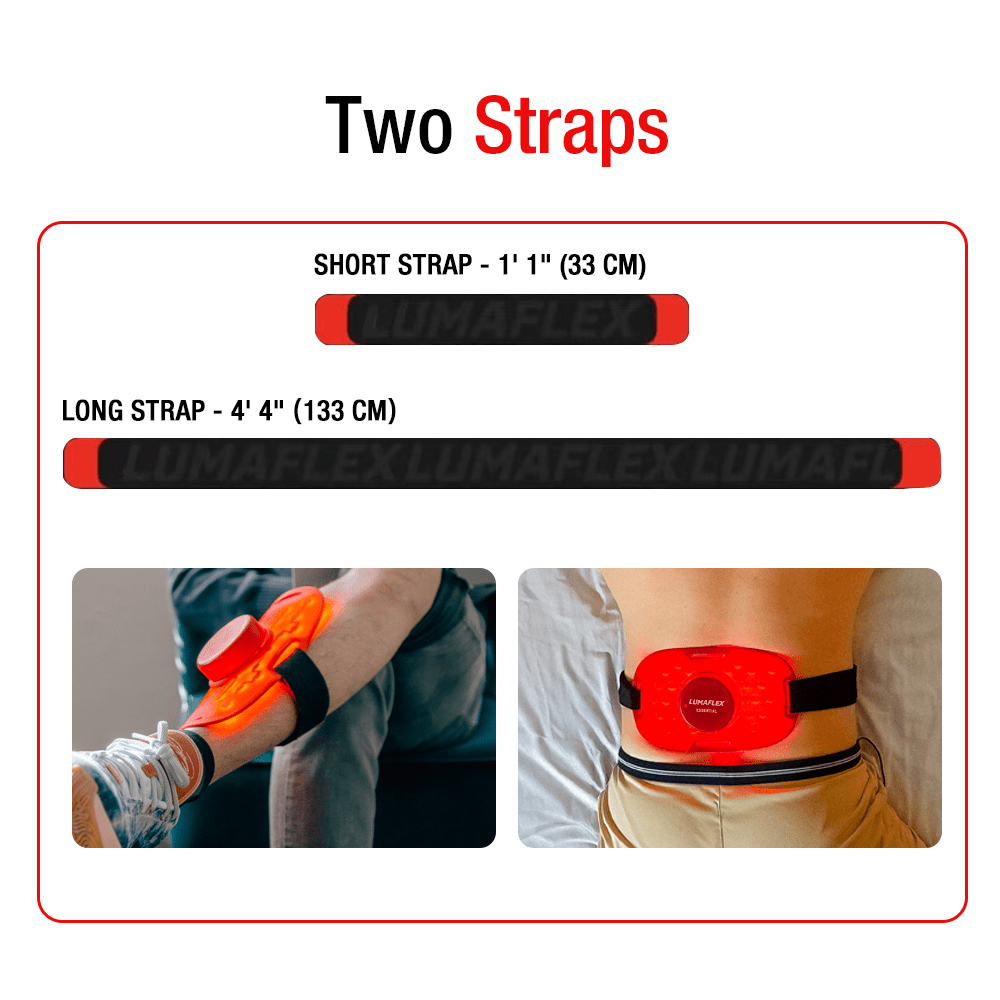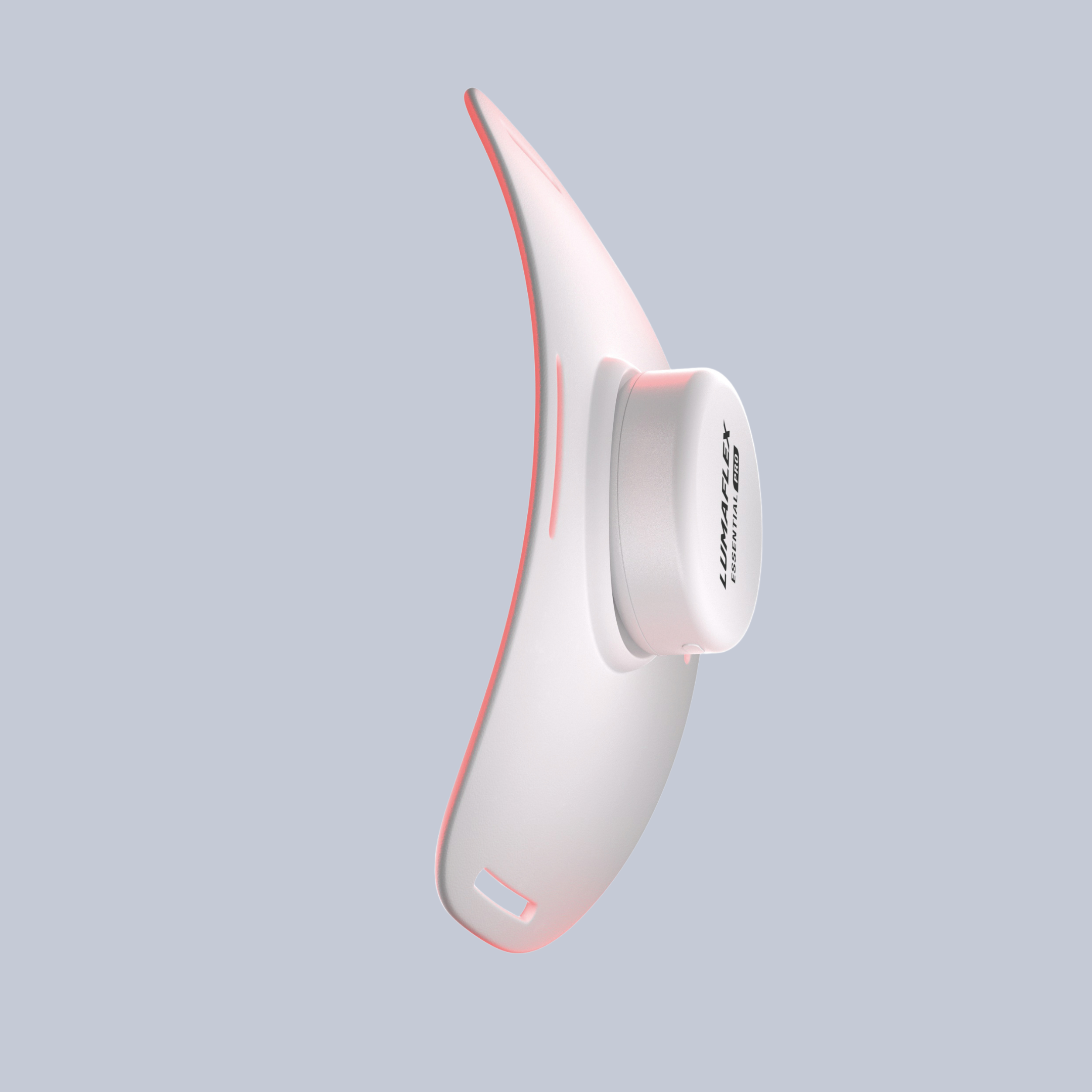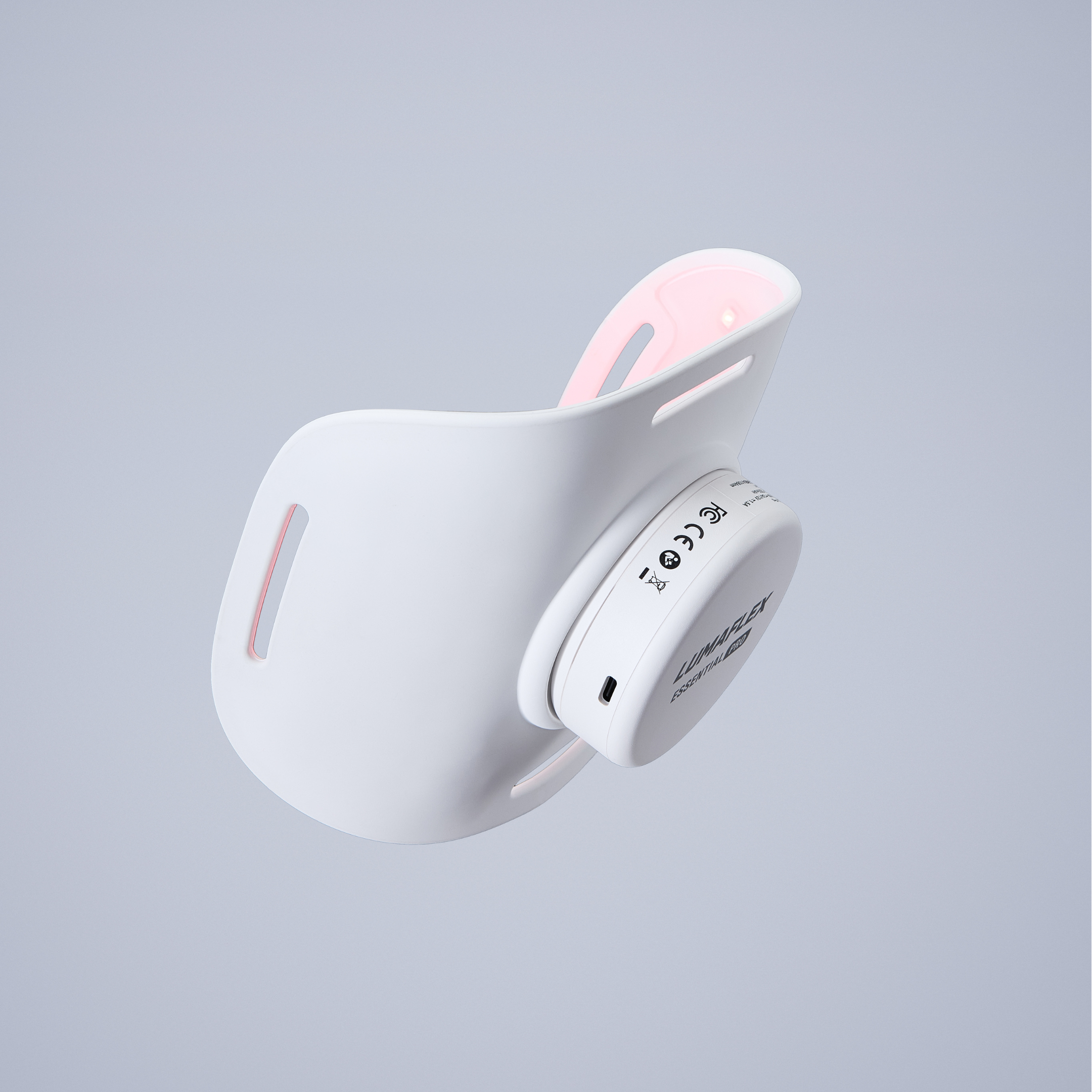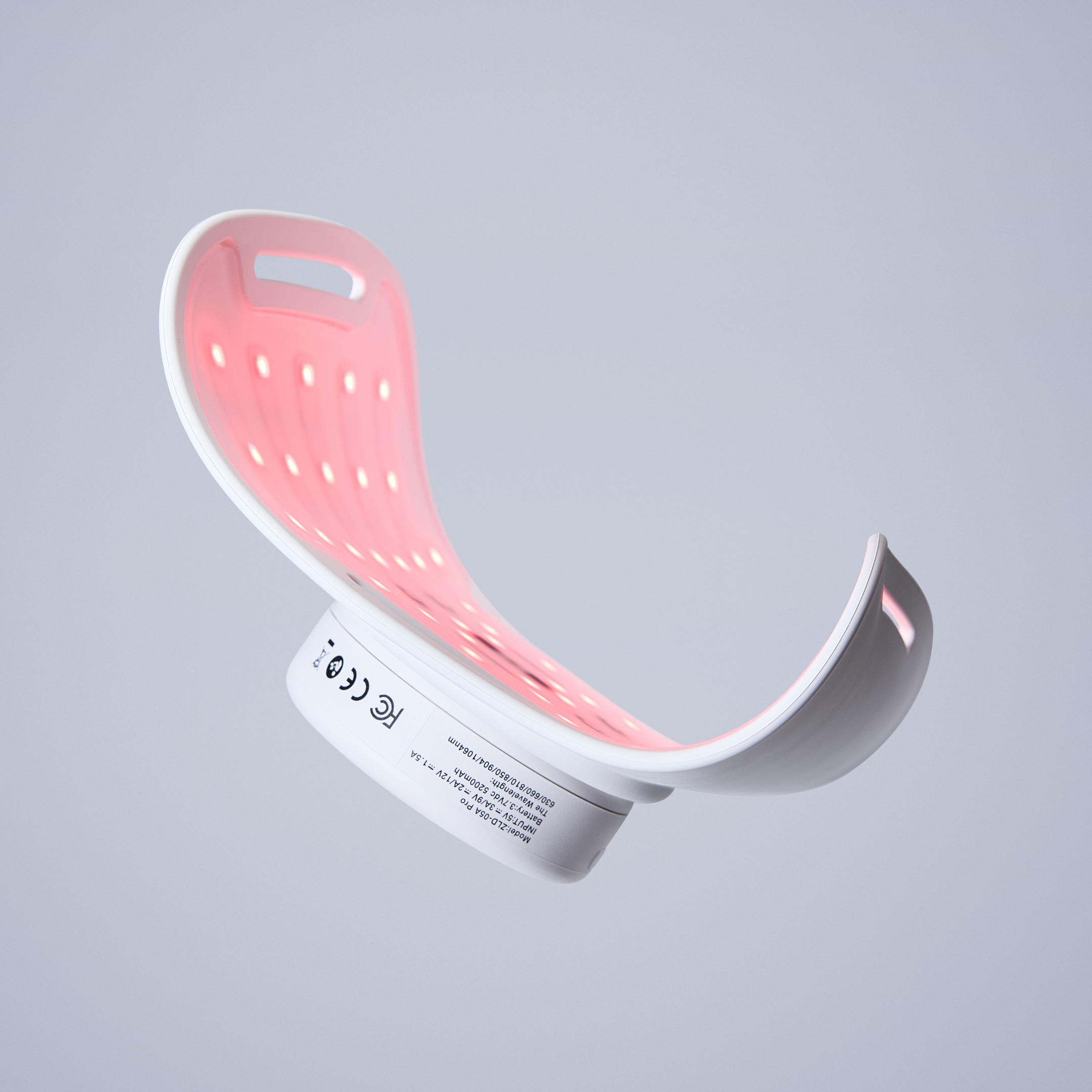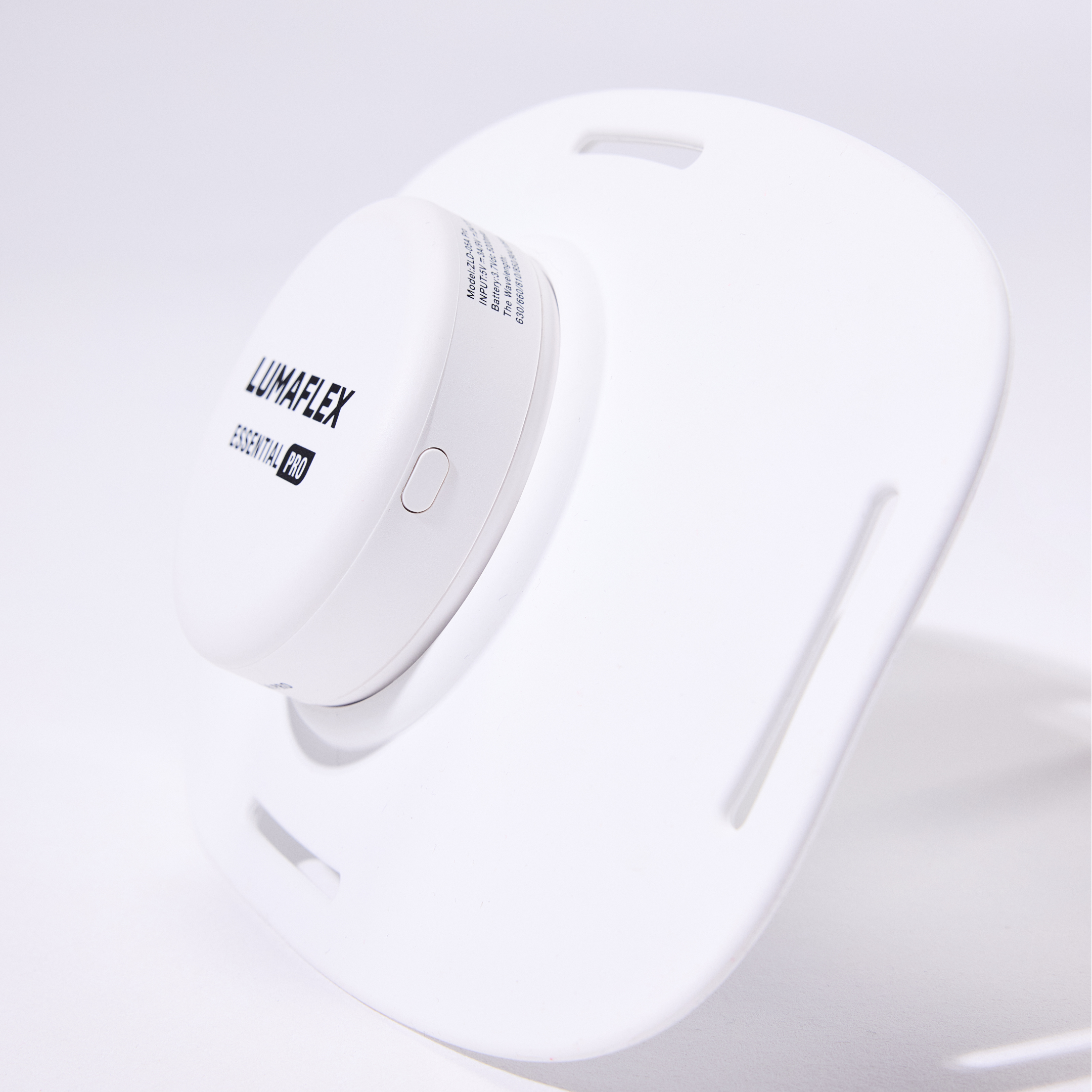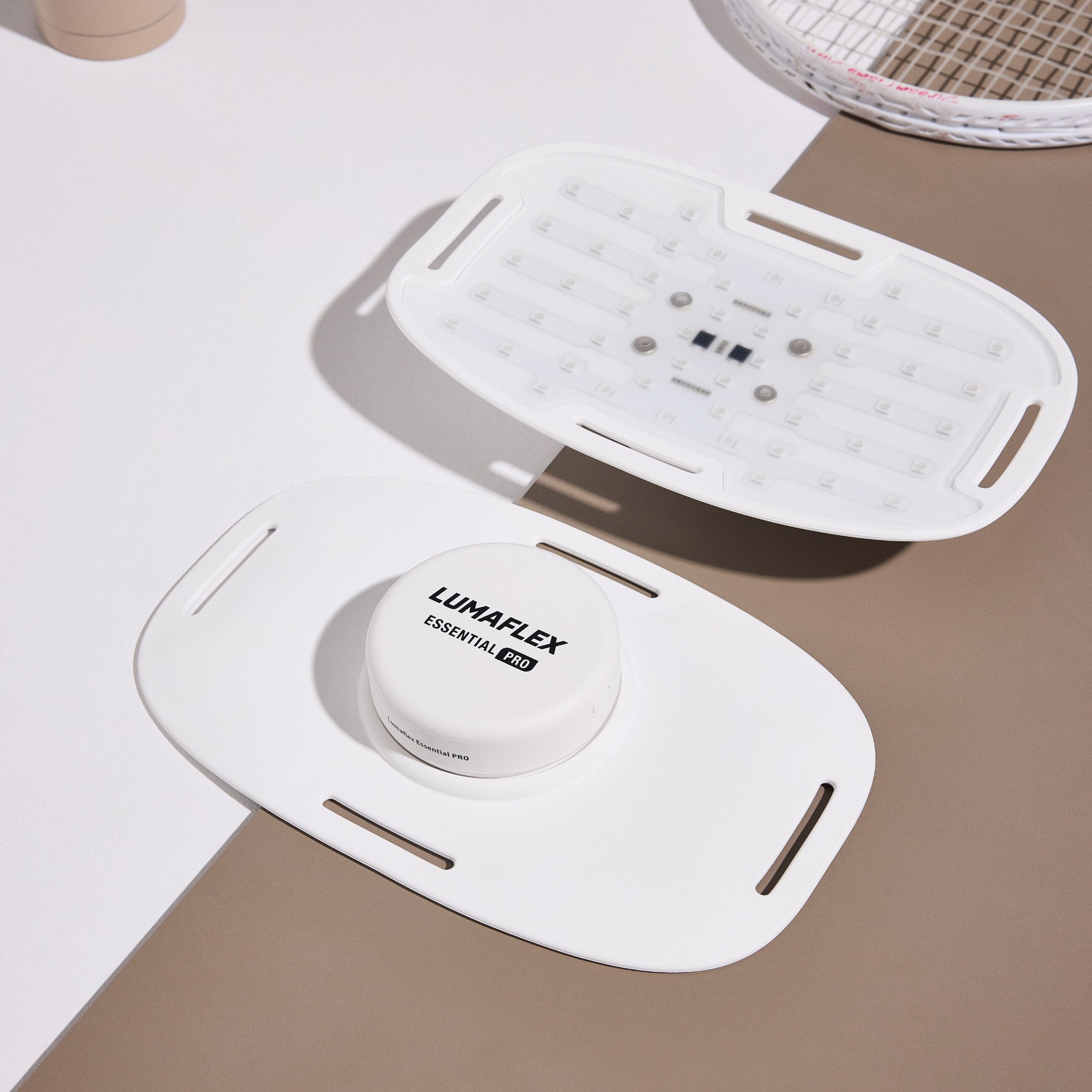Chronic Kidney Disease Self Care at Home: 7 Simple Steps to Better Kidney Health

Table of content
Introduction
Chronic Kidney Disease (CKD) affects over 37 million Americans, and for many, managing it can feel overwhelming. But hope begins at home. Research shows that chronic kidney disease self care at home, like healthy eating, hydration, stress reduction, and symptom tracking, can improve outcomes and reduce hospitalizations by up to 20%.
Whether you’re in early Stage 2 or facing more advanced Stage 4, home-based care empowers you to slow disease progression, preserve kidney function, and regain control over your health. Proactive habits not only improve physical well-being but also reduce complications and healthcare costs.
In this expert-backed guide, you’ll discover 7 actionable steps to create a sustainable CKD routine, from optimizing hydration to exploring tools like red light therapy. With consistent daily care and guidance from your healthcare team, managing CKD becomes not just possible, but powerful.
Top Benefits of CKD Self-Care at Home
Taking an active role in managing Chronic Kidney Disease from home offers powerful, long-term advantages that go beyond just symptom control:
Slows disease progression across all CKD stages
Reduces long-term healthcare costs
Enhances energy, mobility, and emotional well-being
Improves understanding of your condition
Promotes control and reduces anxiety
While home kidney care is not a substitute for professional treatment, it’s a vital complement, helping you live more confidently, stay engaged in your care, and take meaningful steps toward protecting your kidney health.
The Science Behind Home-Based Kidney Care
Growing clinical evidence supports the idea that consistent daily habits. Proper hydration, a balanced kidney-friendly diet, and regular home monitoring can significantly influence the trajectory of chronic kidney disease. These routines help regulate blood pressure, reduce inflammation, and preserve glomerular filtration rate (GFR), all of which are essential for maintaining renal health over time.
Home-based self-monitoring allows patients to track key metrics like blood pressure, fluid intake, weight, and symptoms. This proactive approach enables earlier detection of warning signs and helps both patients and providers make timely adjustments to care plans. For example, high blood pressure is a leading cause and consequence of CKD, and regular monitoring can directly impact progression rates.
Research has shown that lifestyle interventions, including dietary adjustments, physical activity, and stress reduction, can slow CKD progression and improve outcomes. A 2022 review published in Kidney and Dialysis emphasized that lifestyle modification is one of the most effective non-pharmacologic strategies for CKD management. Another study in Current Opinion in Nephrology and Hypertension found that plant-focused, low-sodium diets were associated with improved GFR and fewer cardiovascular complications.
While medical treatments remain vital, the science is clear: personalized, home-based care is a powerful tool for preserving kidney function and improving quality of life.

Step 1 - Master Your Chronic Kidney Disease Self Care Hydration Strategy
Proper hydration is a foundational part of chronic kidney disease self care at home, but it’s not a one-size-fits-all approach. The amount and type of fluids you need depend on your CKD stage, overall health, and any other conditions like heart disease or diabetes.
In early CKD stages (1–3), staying well-hydrated helps your kidneys flush toxins and maintain healthy function. In later stages (4–5) or for those on dialysis, fluid restrictions are often necessary to prevent fluid buildup, swelling, and increased blood pressure.
How much water should I drink with CKD?
The answer depends on your stage of CKD and your doctor’s recommendations:
CKD Stage |
General Hydration Guidelines
|
Stages 1–2 |
Drink 8–10 cups (64–80 oz) of water daily unless otherwise directed. |
Stage 3 |
Aim for ~6–8 cups, adjusting based on urine output and fluid retention. |
Stages 4–5 (Non-Dialysis) |
Follow strict fluid limits prescribed by your healthcare provider—often <5 cups/day. |
|
Dialysis
|
Fluid limits are individualized, typically 4–6 cups, depending on weight and urine output. |
Always consult your nephrologist or dietitian before making changes to your fluid intake.
Space water throughout the day, rather than drinking large amounts at once. This helps avoid overwhelming your kidneys. Light-colored urine is a good indicator of adequate hydration, while darker urine, dizziness, or fatigue may signal dehydration. Overhydration can be just as dangerous, especially in advanced CKD.
Certain beverages can stress the kidneys or disrupt electrolyte balance. Avoid sugary drinks, alcohol , and excessive caffeine , which can worsen kidney strain and dehydration.
Hydration Checklist for CKD Self Care
☐ Distribute water intake evenly throughout the day
☐ Monitor for dark urine, fatigue, or dizziness
☐ Follow fluid restrictions if you’re in Stage 4, 5, or on dialysis
☐ Avoid sugary sodas, alcohol, and energy drinks
☐ Sip water during meals and between activities—not all at once
By practicing smart fluid management, you’re supporting your kidneys’ workload and helping maintain steady energy, blood pressure, and overall wellness.
Step 2 – Create a Kidney-Friendly Diet Plan at Home
A well-balanced CKD diet at home is one of the most powerful tools you have to protect your kidneys. While it may seem restrictive at first, the key is to reduce sodium, phosphorus, and potassium —all while keeping meals enjoyable and nutritious.
With thoughtful planning and a few cooking tricks, you can enjoy flavorful dishes without putting unnecessary strain on your kidneys.
Simple Meal Ideas for Kidney Health
Here are some easy, low-risk meal combinations you can make at home:
Breakfast: Scrambled egg whites with white toast and apple slices
Lunch: Grilled chicken breast with arugula salad, cucumber, and olive oil vinaigrette
Dinner: Baked cod with steamed green beans and white rice
Snack: Unsalted rice cakes with homemade hummus (low-sodium, no tahini)
High-Risk vs. Kidney-Friendly Foods
Nutrient
|
Avoid (High-Risk)
|
Choose (Kidney-Friendly)
|
| Sodium | Canned soups, deli meats, frozen meals |
Fresh meats, homemade soups with low-sodium broth |
|
Potassium |
Bananas, potatoes, oranges, tomatoes |
Apples, grapes, blueberries, boiled carrots |
| Phosphorus | Dairy, cola, processed cheese, nuts |
Almond milk (non-enriched), rice milk, fresh fruits, white bread |
Tip: Soaking or double-boiling high-potassium vegetables like potatoes can reduce their potassium content significantly.
Step 3 - Monitor Your Blood Pressure Daily
Daily blood pressure monitoring is a simple but powerful habit that can significantly impact your kidney health. High blood pressure (hypertension) is both a cause and consequence of chronic kidney disease. It can damage blood vessels in the kidneys, accelerate CKD progression, and increase the risk of heart attack or stroke.
Why the 130/80 mm Hg Target Matters
For most people with CKD, the recommended blood pressure goal is under 130/80 mm Hg. This target reduces strain on the kidneys and lowers the risk of cardiovascular complications. Higher readings (especially over 140/90 mm Hg) can signal increased risk of kidney damage, fluid retention, and vascular stress.
“Daily home monitoring helps patients detect small changes before they turn into big problems. It’s one of the best self-care habits CKD patients can adopt.”
How to Take an Accurate BP Reading at Home
Use this quick checklist to ensure reliable results:
☐ Sit quietly for 5 minutes beforehand
☐ Rest your back and feet flat on the floor
☐ Support your arm at heart level
☐ Avoid caffeine, exercise, or smoking 30 minutes before
☐ Use a validated digital BP monitor with an arm cuff
☐ Take readings at the same times daily (e.g., morning & evening)
☐ Record your readings in a log or mobile app for trends
If your readings consistently exceed your target or you experience symptoms like dizziness, chest pain, or headaches, contact your healthcare provider immediately. Sudden spikes may indicate fluid overload or medication imbalance.
Monitoring your blood pressure isn't just a task. It's a daily act of prevention and empowerment. By building it into your morning or evening routine, you’re giving your kidneys the daily attention they deserve.
Step 4 - Implement Gentle Exercise for Kidney Health
Regular, low-impact movement can greatly benefit people living with chronic kidney disease (CKD). Exercise not only improves circulation and cardiovascular health, but it also helps regulate blood pressure, boost energy, and enhance overall well-being—all while being gentle on your kidneys.
What Exercises Are Safe for CKD?
For most CKD patients, the best exercises are low-intensity and joint-friendly. These activities can be done at home, indoors, or outdoors, and adapted to any fitness level:
Walking at a comfortable pace (even indoors or on a treadmill)
Gentle yoga or stretching routines
Light stationary cycling
Slow dancing or tai chi
Simple bodyweight exercises like wall push-ups or sit-to-stand from a chair
Start with 10–15 minutes daily, then gradually build up to 20–30 minutes on most days of the week.
Know When to Stop
While gentle exercise is generally safe, it’s critical to listen to your body. Stop exercising immediately and seek medical advice if you experience:
Shortness of breath not related to exertion
Chest pain or pressure
Dizziness or lightheadedness
Sudden fatigue or weakness
Irregular heartbeat
Always talk to your doctor before beginning any new routine, especially if you're on dialysis or have heart conditions related to CKD.
Step 5 - Master Stress Management Techniques
Chronic stress is more than just a mental burden. It can raise blood pressure, weaken your immune system, and accelerate kidney damage in people with CKD. Learning to manage stress not only improves emotional well-being but also directly supports kidney function.
Try This: Guided Breathing to Calm Your Body
A few minutes of deep breathing can lower your stress hormones and stabilize blood pressure. Try this simple technique:
Box Breathing (4-4-4-4 method):
Inhale through your nose for 4 seconds
Hold your breath for 4 seconds
Exhale slowly through your mouth for 4 seconds
Pause for 4 seconds, then repeat 4–6 cycles
You can also explore free guided meditations via the Lumaflex App. .
Sleep Hygiene Tips for Kidney Health & Stress Relief
Quality sleep allows your kidneys to repair and helps regulate blood pressure and stress hormones. To sleep better:
Go to bed and wake up at the same time each day
Limit caffeine after 2 PM
Avoid screens at least 1 hour before bed
Keep your room cool, dark, and quiet
Try a short bedtime meditation or gentle stretching
Build Your Emotional Support Network
Staying emotionally connected is essential when managing a chronic condition. Support groups provide a safe space to share concerns, ask questions, and feel understood.
Recommended communities:
National Kidney Foundation’s CKD Support Forum
DaVita Kidney Smart Education Classes
Online groups on Facebook or Reddit (search "CKD support group")
Incorporating even one small practice—like a breathing exercise or earlier bedtime—can calm your nervous system and protect your kidneys. Stress management is not a luxury; it’s a key part of your chronic kidney disease self care at home.
Step 6 - Track Your Symptoms and Progress
Staying on top of your symptoms is one of the most powerful tools in chronic kidney disease self care at home. Regular tracking can help detect early warning signs of complications and give your healthcare team the insights they need to adjust your treatment plan.
How Often Should You Track Symptoms?
Daily tracking is ideal, especially if you're in stages 3–5 of CKD or undergoing active treatment. Weekly summaries can help you spot patterns and share updates with your care team more efficiently.
Key Symptoms to Monitor
Swelling in the hands, feet, or face
Changes in urination (color, frequency, volume)
Fatigue or weakness
Shortness of breath
Blood in urine
New or worsening pain
Even subtle changes can signal shifts in kidney function—so consistency matters.
Step 7 - Optimize Your Home Environment for Kidney Health
Your home environment plays a bigger role in your kidney health than you might think. By reducing exposure to everyday toxins and staying organized, you can create a safer, more supportive space that minimizes strain on your kidneys.
Choose Low-Toxin Cleaning Products
Many household cleaners contain harsh chemicals that can burden your kidneys over time, especially with long-term exposure. To reduce risk:
Look for products with the EPA Safer Choice or EWG Verified labels
Avoid cleaners with ammonia, bleach, or synthetic fragrances
Use natural alternatives like white vinegar, baking soda, or castile soap
Ventilate your home regularly, especially when cleaning, and avoid exposure to cigarette smoke, air fresheners, or paint fumes that may irritate the lungs and stress the kidneys.

Enhancing Your Chronic Kidney Disease Self-Care with Red Light Therapy
Incorporating red light therapy for kidneys into your daily self-care may offer promising support for individuals managing chronic kidney disease (CKD). While not a cure, this non-invasive technique—also called at-home phototherapy for CKD —may complement conventional treatment by promoting circulation, reducing inflammation, and supporting overall kidney resilience.
How Red Light Therapy Works for CKD
Red light therapy (also known as photobiomodulation ) uses low-level wavelengths of red and near-infrared light to stimulate healing processes at the cellular level. It works by:
Supporting mitochondrial energy production (ATP), which powers cellular repair
Improving microcirculation, which may enhance blood flow to the kidneys
Reducing oxidative stress and inflammation, both of which contribute to CKD progression
Preliminary research suggests that these mechanisms may help reduce tissue damage and promote kidney cell recovery. A 2022 review in the International Journal of Molecular Sciences highlighted the potential of red light in managing inflammatory conditions through improved cellular metabolism.
Is red light therapy safe with kidney disease?
Most experts consider it safe when used as directed. However, individuals with advanced CKD or other health conditions should consult their healthcare provider before beginning any new therapy.
When combined with foundational practices—like hydration, diet, and blood pressure monitoring— red light therapy may offer an added layer of support for your CKD self-care at home. Always use FDA-cleared devices and follow the manufacturer’s guidelines for best results.
Creating Your Personalized Chronic Kidney Disease Self-Care Routine
Building a consistent and sustainable self-care plan is one of the most important things you can do to manage chronic kidney disease. With thoughtful CKD routine planning, you can integrate all 7 essential steps—hydration, nutrition, blood pressure monitoring, gentle exercise, stress relief, symptom tracking, and even red light therapy—into your daily life without feeling overwhelmed.
Start Small: Your CKD Care Checklist
If you're new to CKD management, ease into your routine with a few simple actions:
Drink water regularly (as recommended for your CKD stage)
Prep one kidney-friendly meal each day
Take a short walk or do light stretching
Track your blood pressure once a day
Write down symptoms or changes in how you feel
Meditate or deep breathe for 5 minutes
Use a medication organizer to avoid missed doses
Consistency, not perfection is the goal. Small, daily efforts build into long-term success.
Conclusion: Your Path to Empowered Kidney Care
Caring for your kidneys at home isn’t just possible. it’s powerful. By taking small, consistent steps each day, you actively shape your health journey and support your long-term well-being.
Recap: Your 7-Step CKD Self-Care Plan
Eat a kidney-friendly diet tailored to your stage
Hydrate wisely based on your body’s needs
Incorporate gentle exercise to boost circulation and energy
Practice stress management with techniques like meditation and sleep hygiene
Track your symptoms and progress daily or weekly
Create a kidney-safe home environment free of toxins
Explore supportive tools like red light therapy for added wellness
Next Step
Ready to add red light therapy to your CKD care routine? Learn how Lumaflex supports kidney health.
Remember: You are your own best advocate. Stay consistent, stay curious, and lean on your care team and community. Your effort today builds the foundation for better days ahead
Related readings
- Red Light Therapy for Nerve Repair: A Powerful Solution for Healing and Pain Relief
- The Healing Power of Red Light Therapy Device and Cold Plunge
- Effective Red Light Therapy for Lymphedema: Improve Circulation
- Lumaflex Honored with the 2025 Wellness and Longevity Choice Award for Physical Recovery and Performance
- How Red Light Therapy Can Help Alleviate Stomach Pain and Discomfort
- From Pain to Relief: The Role of Red Light Therapy for Lupus Treatment
- The Gold Standard: FDA Cleared Red Light Therapy Devices for Serious Biohackers
- Addressing Your Doubts: Can You Do Red Light Therapy Every Day?
- How to Use Red Light Therapy for Eczema at Home This 2025
- Debunking the Dangers of Red Light Therapy: Myths vs. Facts


